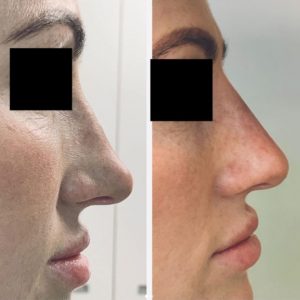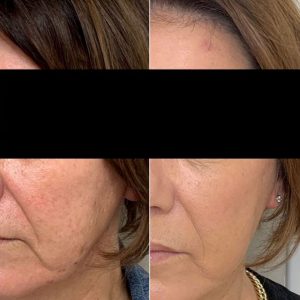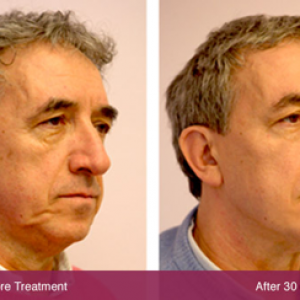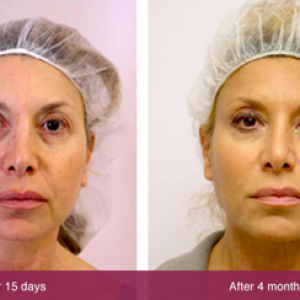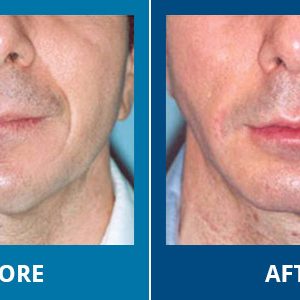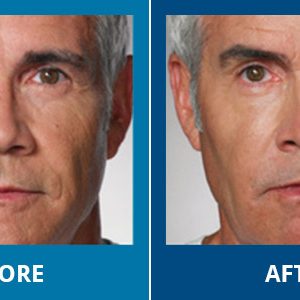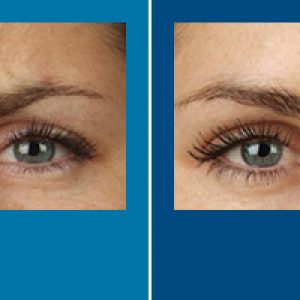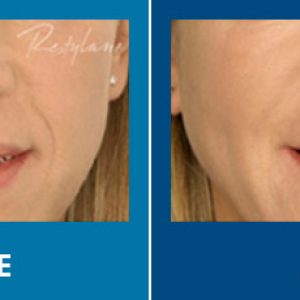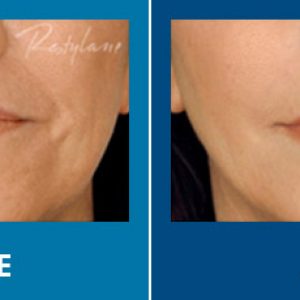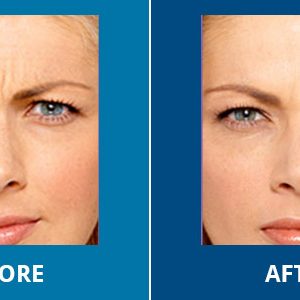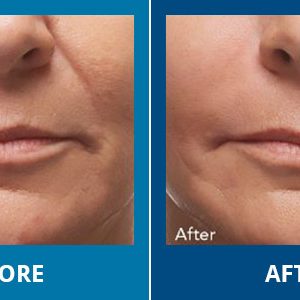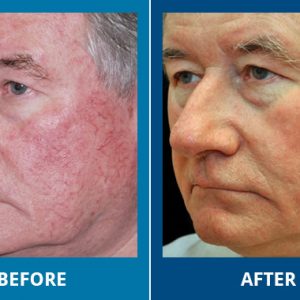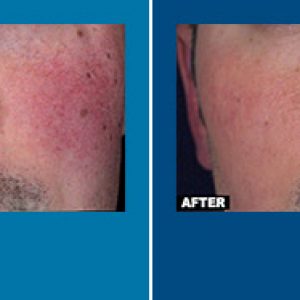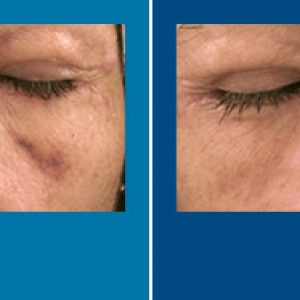Face Concerns
Put your best face forward with one of our cosmetic treatments specifically designed to harmonise your visage.
Skin aging, particularly facial aging, is a complex process influenced by both intrinsic and extrinsic factors. As the skin ages, several changes occur in its structure and appearance, which can unintentionally convey emotions such as sadness, tiredness, and sagging. These changes are often correlated with specific facial features and are influenced by the following factors:
Wrinkles and fine lines are among the most noticeable signs of aging. These lines can deepen and become more pronounced over time, especially around the eyes (crow’s feet), mouth (smile lines), and forehead (frown lines). The presence of these lines can give the impression of sadness or worry even when the face is at rest.
Correlations:
- Sadness: Deep nasolabial folds (lines running from the sides of the nose to the corners of the mouth) and marionette lines (lines running from the corners of the mouth down to the chin) can mimic a sad or downturned expression.
- Tiredness: Wrinkles around the eyes and forehead can make a person look perpetually tired or stressed.
As we age, the skin loses its elasticity and volume due to the breakdown of collagen and elastin fibers. This leads to sagging skin, especially noticeable in the cheeks, jawline, and neck. The loss of volume can create a hollowed or gaunt appearance.
Correlations:
- Tiredness: Sagging skin under the eyes and drooping eyelids can give the appearance of fatigue.
- Sadness: A loss of volume in the cheeks can create a hollow, sunken look that is often associated with sadness.
Age-related changes in skin texture and tone, such as roughness, dullness, and uneven pigmentation, can also contribute to an aged appearance. These changes can affect the overall vibrancy and healthiness of the skin, making it look less lively.
Correlations:
- Tiredness: Dull, uneven skin tone can make the face look tired and lackluster.
- Sadness: Uneven pigmentation and rough texture can exaggerate the appearance of wrinkles and sagging, contributing to a sadder look.
Facial fat pads, which provide youthful contours and support, tend to diminish and shift with age. This redistribution of fat can lead to hollow temples, flattened cheeks, and jowls.
Correlations:
- Sagging: The loss of fat in the midface and the accumulation of fat in the lower face can create jowls and a heavier jawline, often perceived as sagging.
- Tiredness: Hollow areas around the eyes and cheeks can create a gaunt, fatigued appearance.
The underlying bone structure of the face also changes with age. Bone loss in the jaw, chin, and eye socket areas can lead to a decrease in structural support for the overlying skin, exacerbating the effects of sagging and volume loss.
Correlations:
- Sagging: Reduced bone support can lead to a more pronounced appearance of jowls and a sagging neck.
- Sadness and Tiredness: The loss of structural support around the eyes and cheeks can make these areas look more hollow and fatigued.
The natural process of skin aging, particularly facial aging, involves a variety of changes that can unintentionally convey emotions such as sadness, tiredness, and sagging. These changes are closely linked to the development of wrinkles and fine lines, loss of skin elasticity and volume, alterations in skin texture and tone, fat redistribution, and bone structure changes. Understanding these correlations can help in developing targeted skincare and cosmetic treatments to mitigate these age-related changes and maintain a more youthful and vibrant appearance.
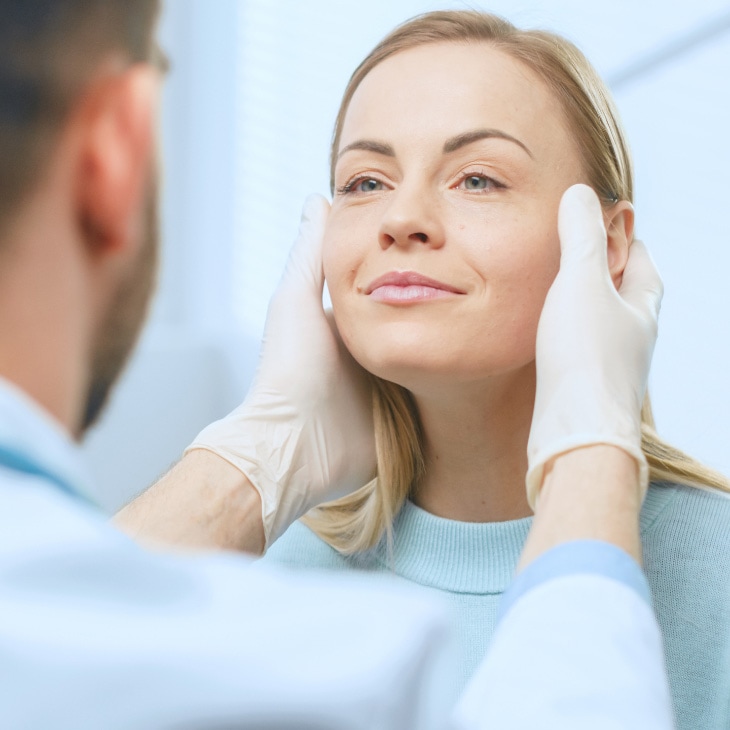
Treatment options
Treatment may include one or more of the following procedures, click to read more about each one.
Book your consultation
Book your initial consultation online, or go to our contact page and make an enquiry.

